#Minidoka Internment National Monument
Text
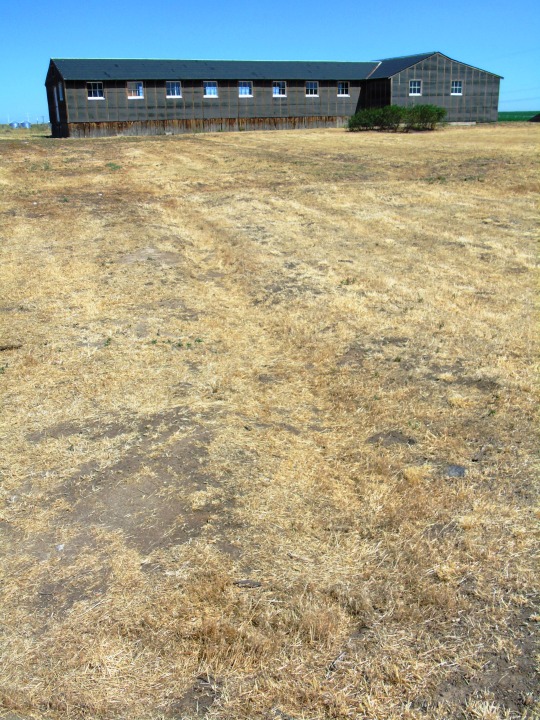
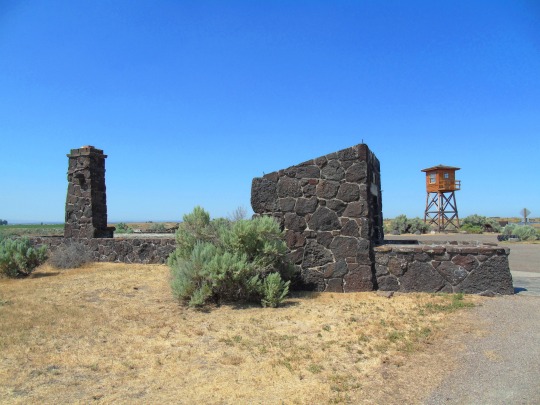
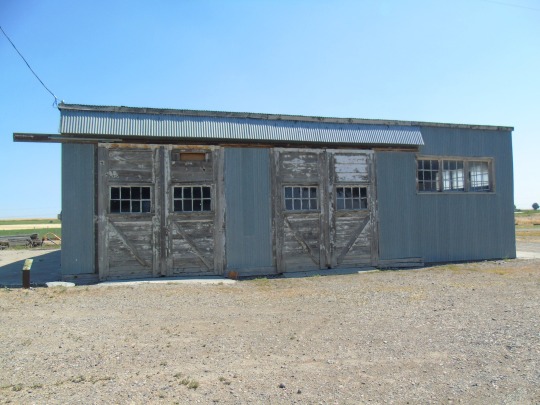
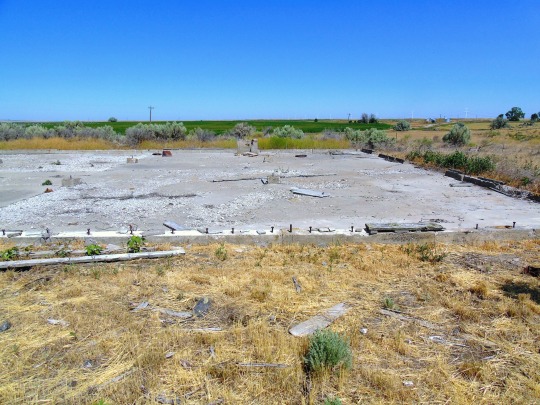
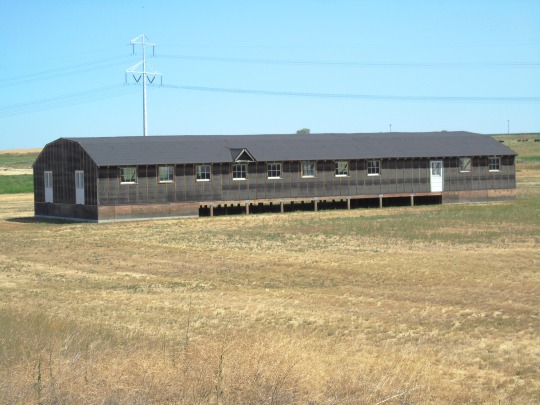
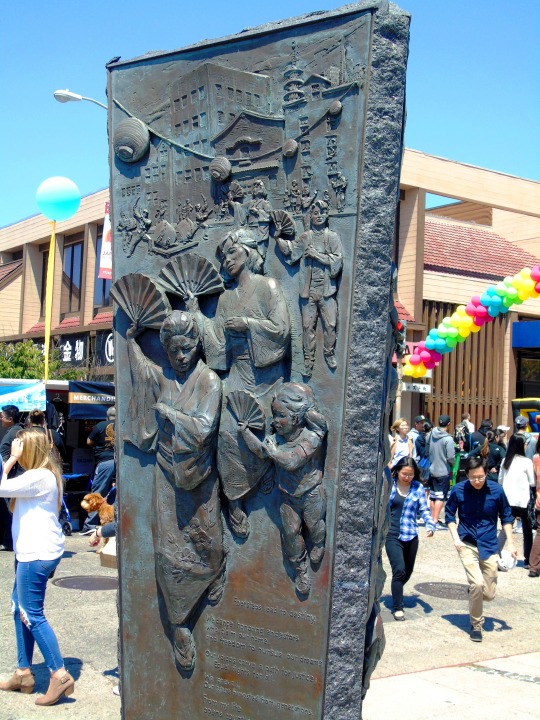




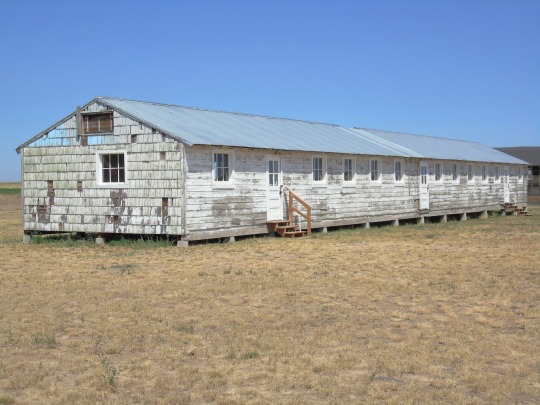




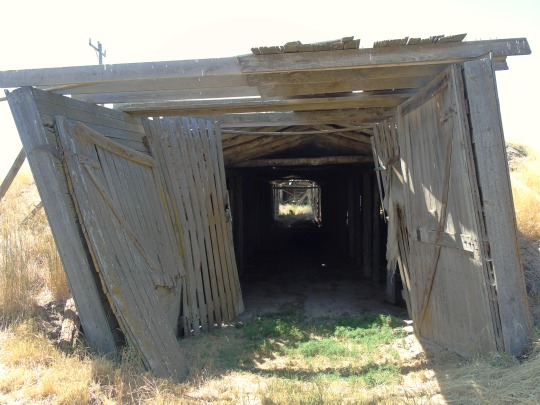


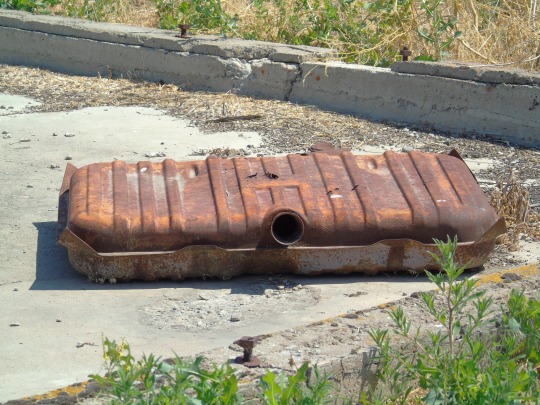




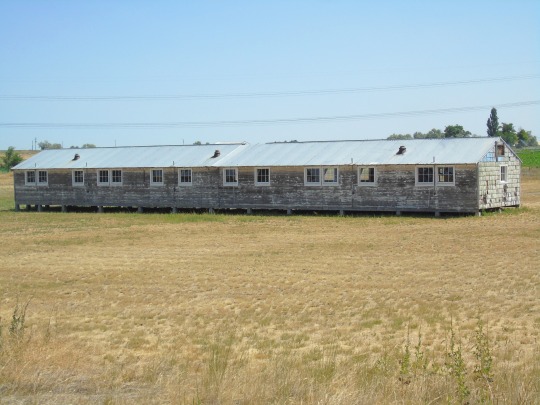




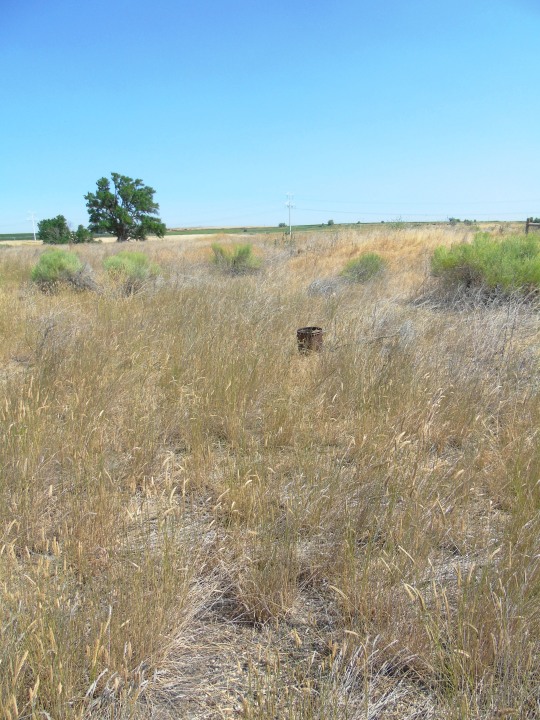
The Presidential Proclamation 2537 which required that Americans from Germany, Italy or Japan must register with the Department of Defense, was issued on January 14, 1942. Proclamation No. 2537 permitted the arrest, detention and internment of enemy aliens who violated restricted areas, such as ports, water treatment plants or even areas prone to brush fires, for the duration of the war. Roosevelt reluctantly signed Executive Order 9066, which sent many Japanese-American families into internment camps, on February 19, 1942.
Source
#Presidential Proclamation 2537#14 January 1942#anniversary#USA#US history#WWII#World War Two#travel#Idaho#Minidoka National Historic Site#Minidoka War Relocation Center#vacation#Minidoka Internment National Monument#original photography#free admission#summer 2017#never again#tourist attraction#landmark#landscape#architecture#barracks#root cellar#Japanese-American history#From Injustice to Redress by Louis Quaintance and Eugene Daub#San Francisco#California#Japantown
11 notes
·
View notes
Text
Least Visited National Park Sites (6/6)
26. Fort Union National Monument

Where: New Mexico - 95 miles from Santa Fe
2019 Visitors: 11063
From 1851-1891, Fort Union was the largest military fort in the region and acted as an agent of political and cultural change in the Southwest. The fort was created to bring together several outposts after the Mexican-American War and to get away from the ‘vice and extravagance’ of Santa Fe. Fort Union remained in operation until railroads brought an end to the use of the Santa Fe trail.
27. Saint Croix Island International Historic Site
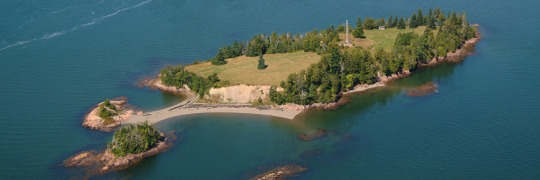
Where: Maine - Border with Canada
2019 Visitors: 11613
Saint Croix Island was where the French presence in North America began. During the winter of 1604-05, Pierre Dugua’s expedition lost 35 or its 79 men to starvation. When spring arrived, natives traded food with the colonists to help them regain their strength.
28. Fort Union Trading Post National Historic Site
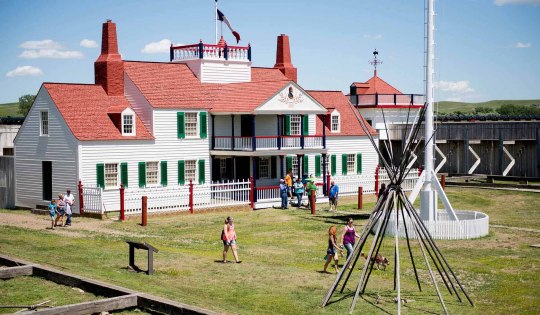
Where: Montana and North Dakota - 294 miles from Billings
2019 Visitors: 12967
Fort Union was the most important fur trade post on the Upper Missouri River from 1828-1867. Seven Northern Plains Tribes exchanged furs here for goods from around the world, including guns and cloth. Every year, about $100,000 (1.8 million dollars today) in merchandise passed through this post.
29. Minidoka National Historic Site
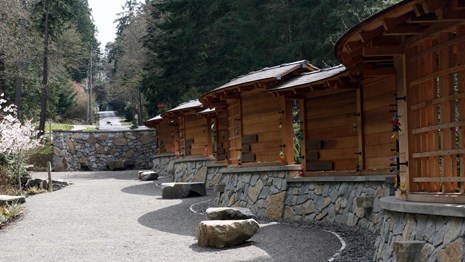
Where: Idaho - 131 miles from Boise
2019 Visitors: 13647
Minidoka was one of the ten camps where people of Japanese heritage were sent during WWII. Families were sent to Minidoka where they would have to wait months for sewage systems and where homes were hastily constructed from greenwood and tar paper. Most of the people who were sent here were not used to the desert environment and did not have the proper clothes for the extreme weather.
30. Charles Young Buffalo Soldiers National Monument

Where: Ohio - 18 miles from Dayton
2019 Visitors: 14106
Colonel Charles Young became one of the leading figures of his time, despite rife racism in the post-Civil War United States. Despite being born to enslaved parents, Young served a highly distinguished military career, becoming a lieutenant colonel in 1916. Young was also the first African American National Park superintendent when his troops were tasked with running Sequoia National Park in California in 1903.
#national parks#united states#history#travel#ohio#idaho#montana#north dakota#maine#canada#new mexico
5 notes
·
View notes
Photo

May is Asian-Pacific American Heritage Month – a celebration of Asians and Pacific Islanders in the United States. A rather broad term, Asian-Pacific encompasses all of the Asian continent and the Pacific islands of Melanesia (New Guinea, New Caledonia, Vanuatu, Fiji and the Solomon Islands), Micronesia (Marianas, Guam, Wake Island, Palau, Marshall Islands, Kiribati, Nauru and the Federated States of Micronesia) and Polynesia (New Zealand, Hawaiian Islands, Rotuma, Midway Islands, Samoa, American Samoa, Tonga, Tuvalu, Cook Islands, French Polynesia and Easter Island).
The month of May was chosen to commemorate the immigration of the first Japanese to the United States on May 7, 1843, and to mark the anniversary of the completion of the transcontinental railroad on May 10, 1869. The majority of the workers who laid the tracks were Chinese immigrants.
This Web portal is a collaborative project of the Library of Congress and the National Archives and Records Administration, National Endowment for the Humanities, National Gallery of Art, National Park Service, Smithsonian Institution and United States Holocaust Memorial Museum.
150th Anniversary of the Purchase of Alaska (National Archives Flickr Album)
Alaskan Digitization Project (National Archives Flickr Album)
Blog posts from the American Folklife Center (Library of Congress) on Asian Americans
Library of Congress Pinterest board
Smithsonian Institution Pinterest board
Works by Asian American Artists from the Collection -- National Gallery of Art Pinterest board
National Archives
100 Milestone Documents - The Chinese Exclusion Act (1882)
100 Milestone Documents - Joint Resolution to Provide for Annexing the Hawaiian Islands to the United States (1898)
An Alleged Wife: One Immigrant in the Chinese Exclusion Era (Prologue Magazine, Spring 2004)
Asian Pacific American Heritage Month on Flickr
Images of Japanese Internment at the FDR Presidential Library
Letters from the Middle Kingdom: The Origins of America's China Policy (Prologue Magazine, Winter 2002)
Revisiting Korea: Exposing Myths of the Forgotten War (Prologue Magazine, Summer 2002)
National Endowment for the Humanities
Chinese American: Exclusion/Inclusion
Crossing Cultures: the Art of Manga in Hawaii
Preserving Asian-American History and Culture
Treasures from Korea: Arts and Culture of the Joseon Dynasty, 1392-1910
National Gallery of Art
Chinese Porcelain at the National Gallery of Art
Colorful Realm: Japanese Bird-and-Flower Paintings by Itō Jakuchū (National Gallery of Art)
In the Tower: Nam June Paik
National Park Service
The Asian American Pacific Islander Heritage Initiative
Asian American and Pacific Islander Travel Itinerary
National Register of Historic Places
Kalaupapa National Historic Park
Pu'ukohola Heiau National Historic Site
Manzanar National Historic Site
Manzanar National Historic Site Online Exhibition
Minidoka National Monument
Tule Lake Unit of the WWII Valor in the Pacific National Monument
Library of Congress
The Asian and Pacific Islander Experience in America
Asian Collections: An Illustrated Guide
The Beginning of Asian Collections
Country Study by Continent: Asia
Digitized Newspapers: Topics from Chronicling America
-- Krakatoa Volcano Eruption
-- Theodore Roosevelt's 'Great White Fleet'
-- Russo-Japanese War
The Fahnestock South Sea Collection
Four Masters of Chinese Storytelling Video Collection (Finding Aid)
Harold C. Conklin Philippine Collection
Japanese Prints: Seasons and Places (Flickr site)
Korean Bibliography
Philippine Bibliography
Selections from the Naxi Manuscript Collection
South Asian Recordings in the Archive of Folk Culture (Finding Aid)
Vasant Panchami: A Celebration of Learning
Smithsonian Institution
Celebrate! Where Asia Meets America
Online exhibitions of Asian art and culture at the Freer | Sackler museums of Asian Art
Righting a Wrong: Japanese Americans and World War II Exhibition (Smithsonian Institution)
World Digital Library: Imagery
Polynesian Fertility Rites
Samoans Posed in Front of a Hut with Palm Fronds and Thatched Roof
The Ukulele: Portuguese Gift to Hawaii
Vietnam Veterans Memorial, Competition Drawing
10 notes
·
View notes
Photo

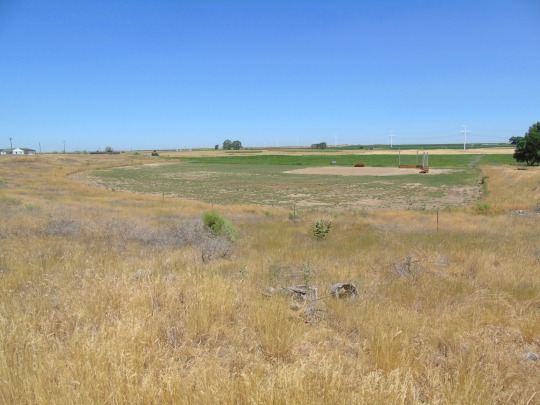

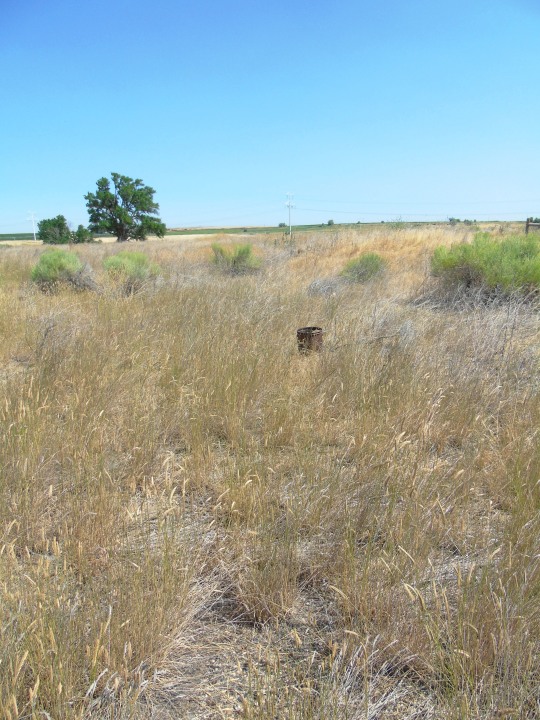
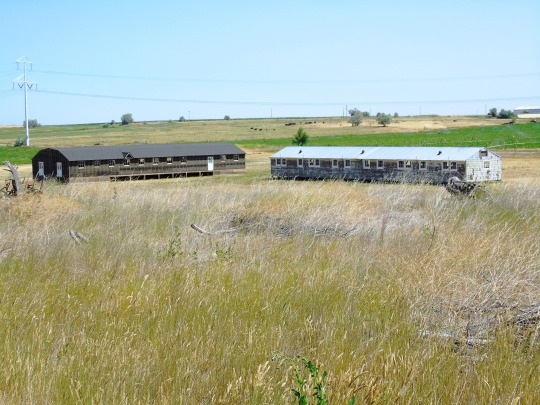




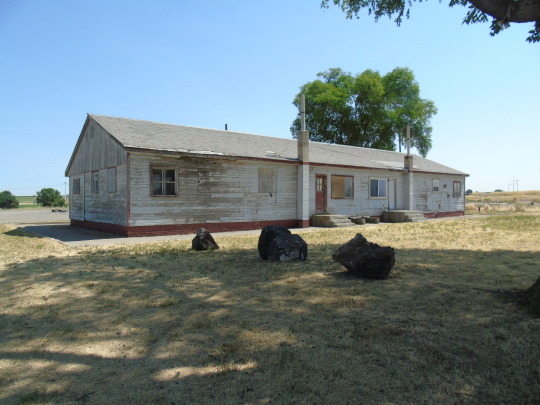
On August 10, 1942, incarcerees arrived at the Minidoka War Relocation Center. The number of incarcerees reached 7,318 at its maximum population.
#incarcerees#Minidoka National Historic Site#Minidoka War Relocation Center#Minidoka Internment National Monument#Japanese-American history#travel#Jerome County#desert#architecture#10 August 1942#anniversary#USA#US history#World War Two#World War II#WWII#free admission#vacation#landscape#tourist attraction#original photography#summer 2017#countryside
16 notes
·
View notes
Text


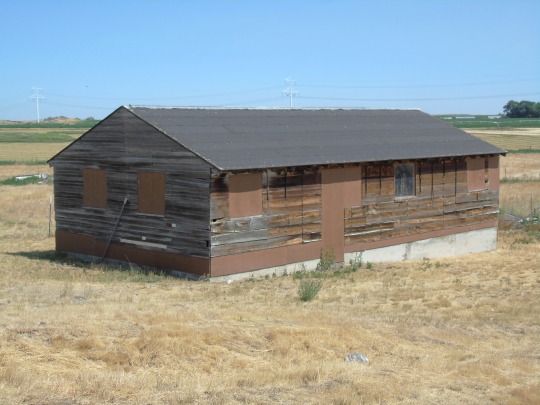

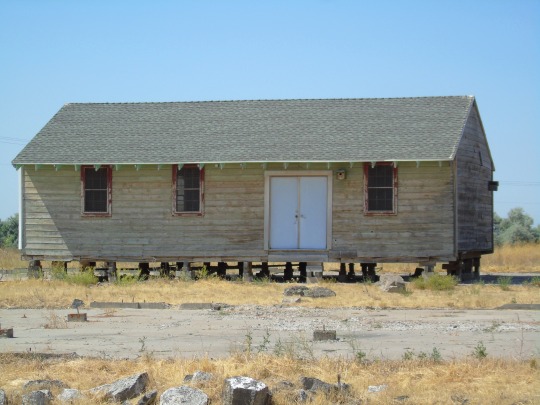
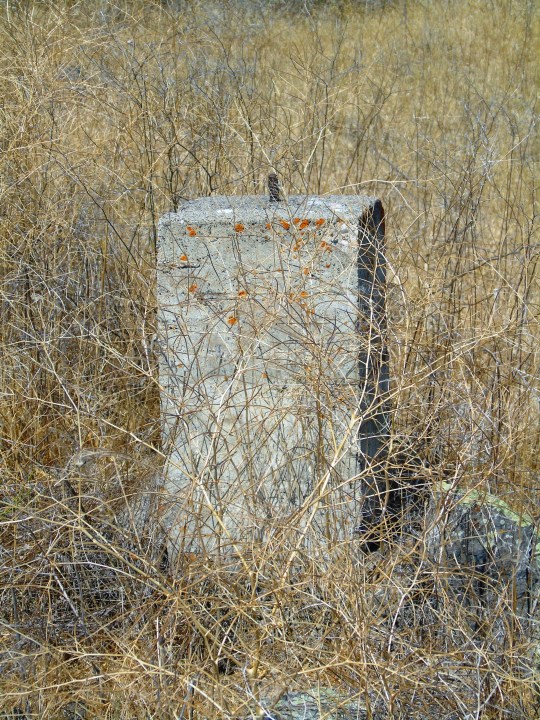
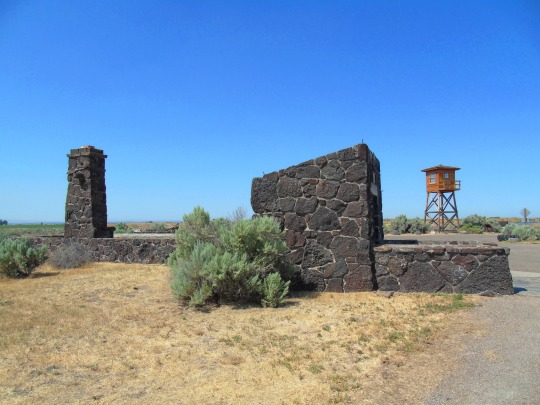






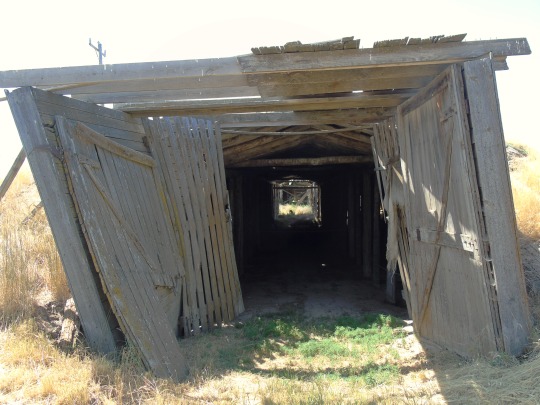

The Minidoka War Relocation Center was listed on the National Register of Historic Places on July 10, 1979.
#Minidoka War Relocation Center#10 July 1979#USA#National Register of Historic Places#Minidoka National Historic Site#Minidoka Internment National Monument#Japanese American history#World War II#World War Two#WWII#summer 2017#free admission#Idaho#Jerome County#travel#original photography#vacation#tourist attraction#landmark#architecture#landscape#countryside#root cellar
19 notes
·
View notes
Text









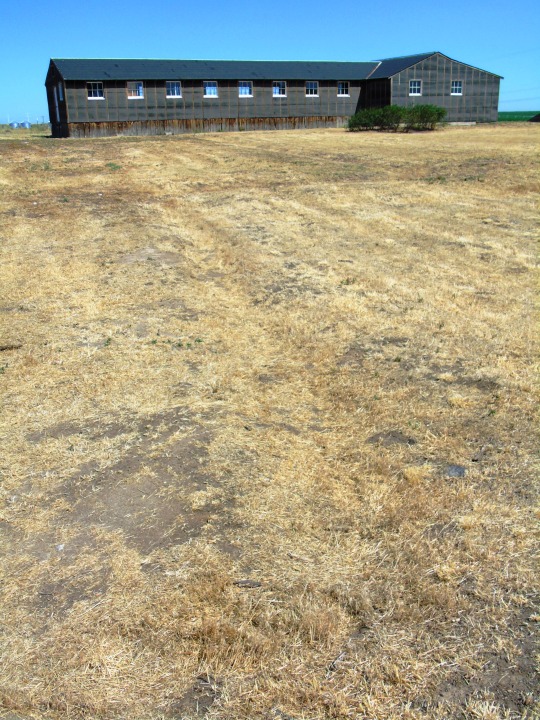


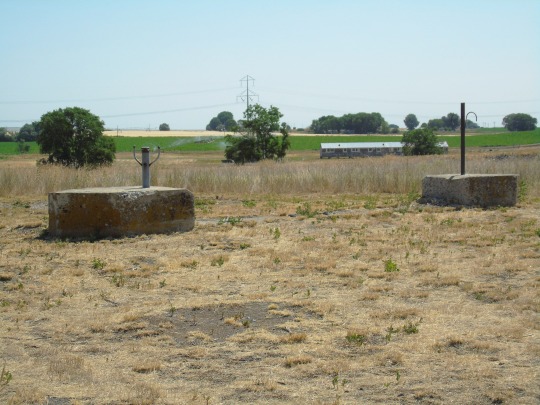
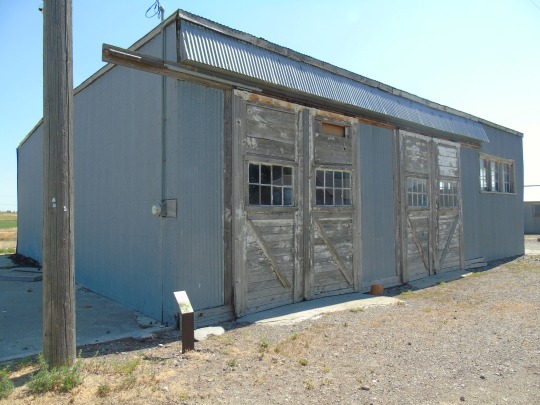


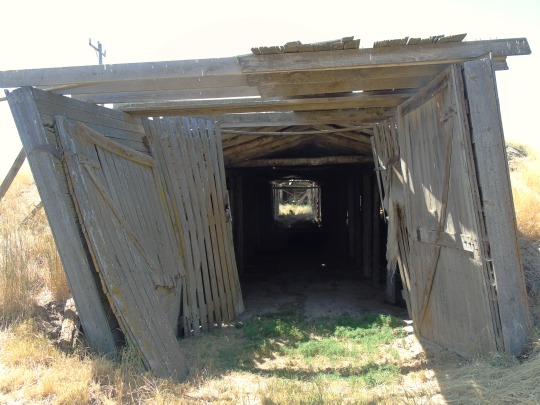
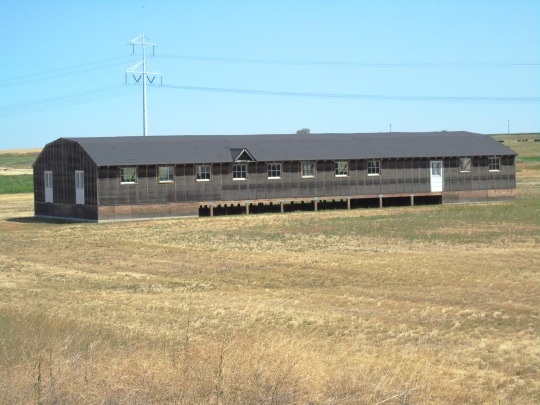


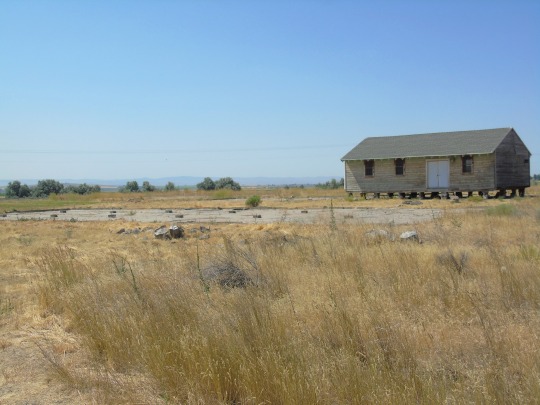

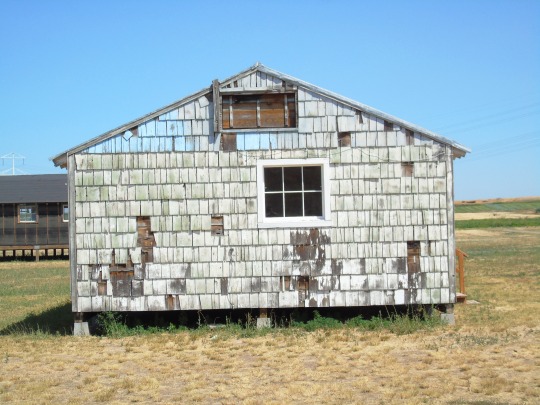

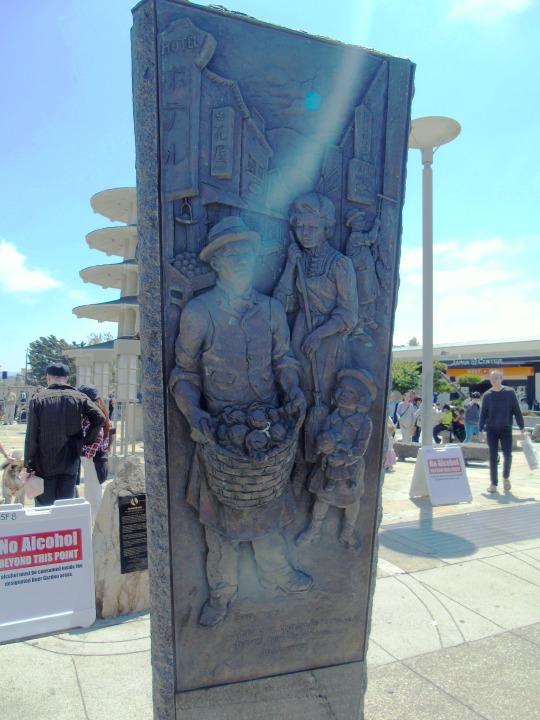

Day of Remembrance
February 19th is a significant date for the Japanese American community. On this day in 1942, President Franklin D. Roosevelt signed Executive Order 9066, which gave the U.S. Army the authority to remove civilians from the military zones established in Washington, Oregon, and California during WWII. This led to the forced removal and incarceration of some 120,000 Americans of Japanese ancestry living on the West Coast, who had to abandon their jobs, their homes, and their lives to be sent to one of ten concentration camps scattered in desolate, remote regions of the country.
No Japanese Americans were ever charged, much less convicted, of espionage or sabotage against the United States. Yet they were targeted, rounded up, and imprisoned for years, simply for having the “face of the enemy.”
Every February, the Japanese American community commemorates Executive Order 9066 as a reminder of the impact the incarceration experience has had on our families, our community, and our country. It is an opportunity to educate others on the fragility of civil liberties in times of crisis, and the importance of remaining vigilant in protecting the rights and freedoms of all.
Source
#Day of Remembrance#DOR#19 February 1942#vacation#Minidoka National Historic Site#Minidoka War Relocation Center#landscape#Minidoka Internment National Monument#Japanese American history#free admission#Idaho#San Francisco#California#cityscape#Japantown#From Injustice to Redress by Louis Quaintance and Eugene Daub#Japantown Peace Plaza#WWII#World War Two#summer 2017#original photography#travel#tourist attraction#landmark#USA#architecture#anniversary#US history#Japanese-American history
4 notes
·
View notes
Photo
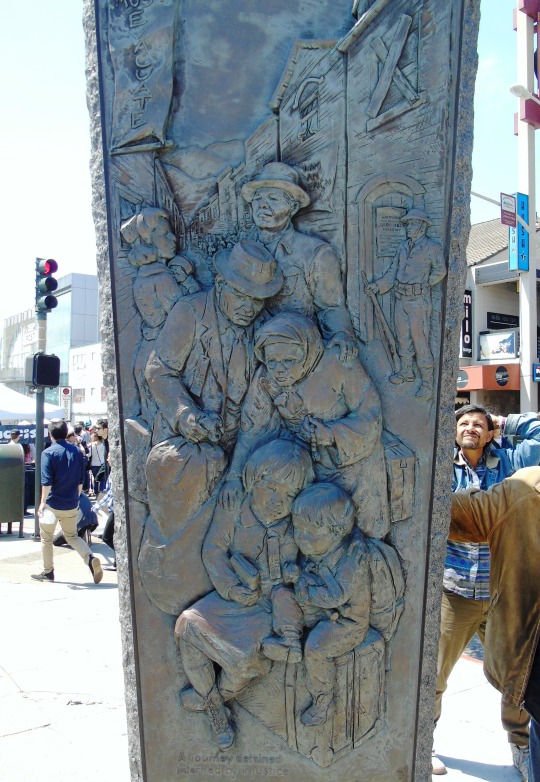


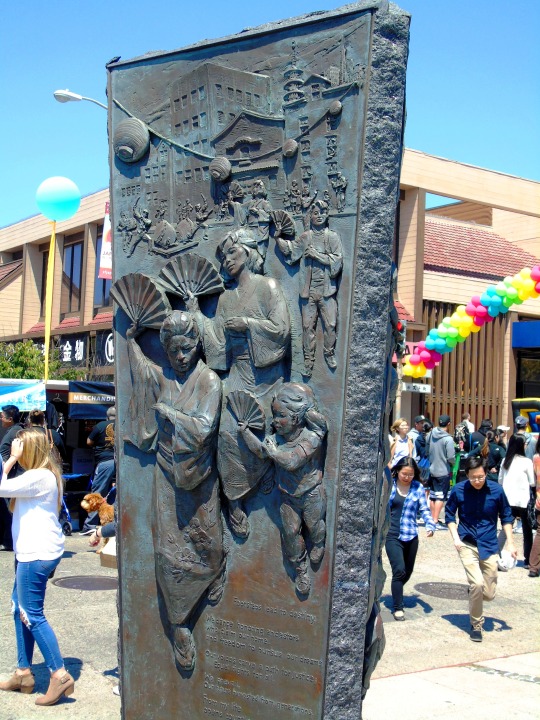
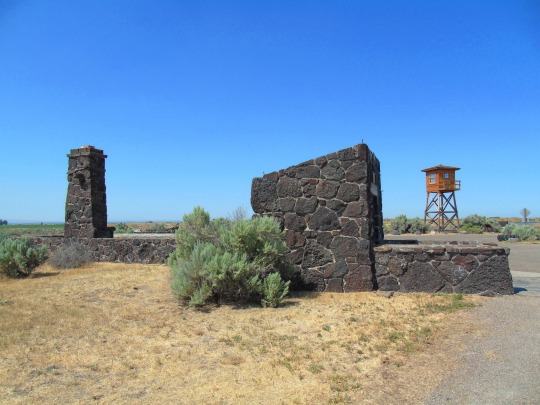

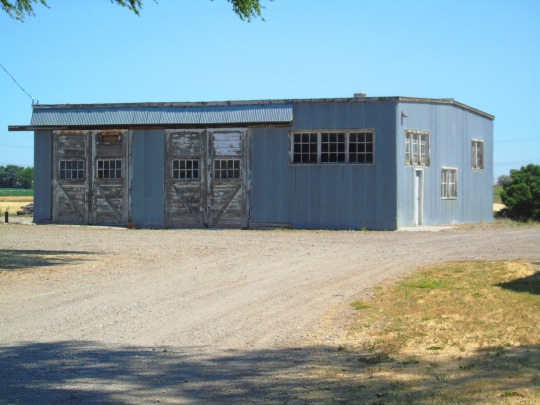



Japanese American Day of Remembrance (DOR)
February 19th is a significant date for the Japanese American community. On this day in 1942, President Franklin D. Roosevelt signed Executive Order 9066, which gave the U.S. Army the authority to remove civilians from the military zones established in Washington, Oregon, and California during WWII. This led to the forced removal and incarceration of some 120,000 Americans of Japanese ancestry living on the West Coast, who had to abandon their jobs, their homes, and their lives to be sent to one of ten concentration camps scattered in desolate, remote regions of the country.
No Japanese Americans were ever charged, much less convicted, of espionage or sabotage against the United States. Yet they were targeted, rounded up, and imprisoned for years, simply for having the “face of the enemy.”
Every February, the Japanese American community commemorates Executive Order 9066 as a reminder of the impact the incarceration experience has had on our families, our community, and our country. It is an opportunity to educate others on the fragility of civil liberties in times of crisis, and the importance of remaining vigilant in protecting the rights and freedoms of all.
Source
#From Injustice to Redress by Louis Quaintance and Eugene Daub#Japantown#San Francisco#Japanese-American history#Executive Order 9066#US history#19 February 1942#anniversary#Day of Remembrance#DOR#vacation#travel#summer 2017#Minidoka National Historic Site#Idaho#California#cityscape#landscape#Minidoka War Relocation Center#Minidoka Internment National Monument#original photography#public art#Japanese American Day of Remembrance
22 notes
·
View notes
Text

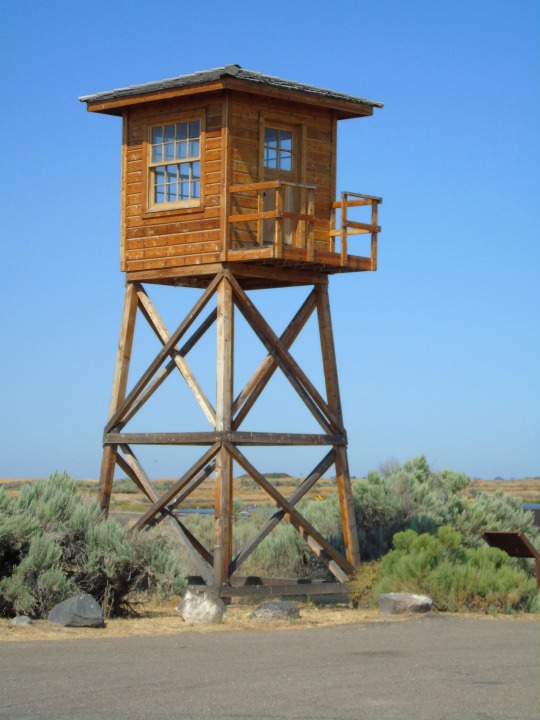



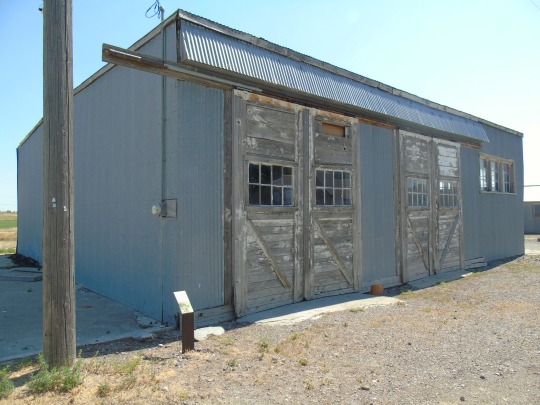
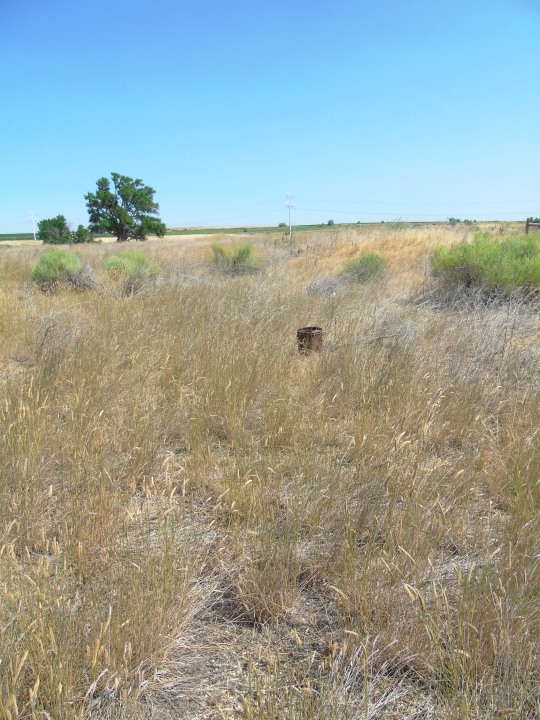

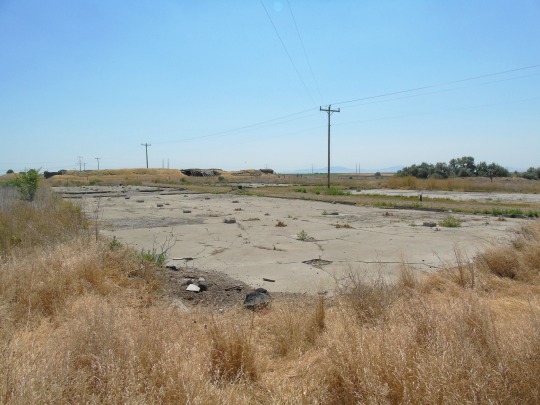




On December 18, 1944, the Supreme Court put an end to Japanese internment camps with its ruling in Ex parte Mitsuye Endo. In this case, the court stated the War Relocation Authority "has no authority to subject citizens who are concededly loyal to its leave procedure."
The following month, Japanese American “evacuees” from the West Coast were finally allowed to return to their homes. The last camp did not close until March 1946.
#US Supreme Court#ended#Japanese internment camps#Ex parte Mitsuye Endo#Minidoka National Historic Site#Minidoka War Relocation Center#Minidoka Internment National Monument#Idaho#high desert#architecture#free admission#US history#anniversary#summer 2017#travel#vacation#japanese american history#WWII#World War Two#World War II#WW2#Western USA#18 December 1944#original photography#tourist attraction#landscape#USA#countryside
3 notes
·
View notes
Photo


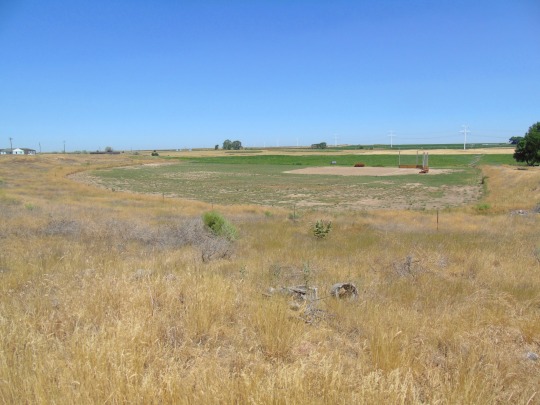
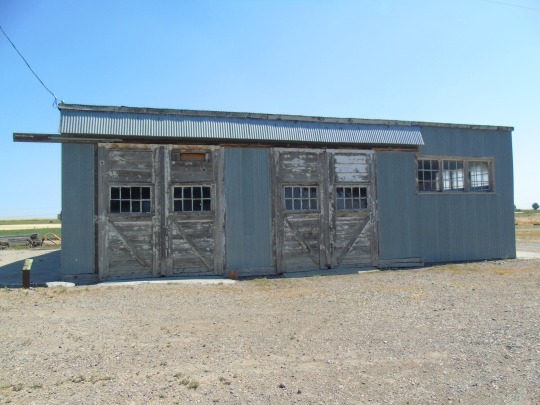
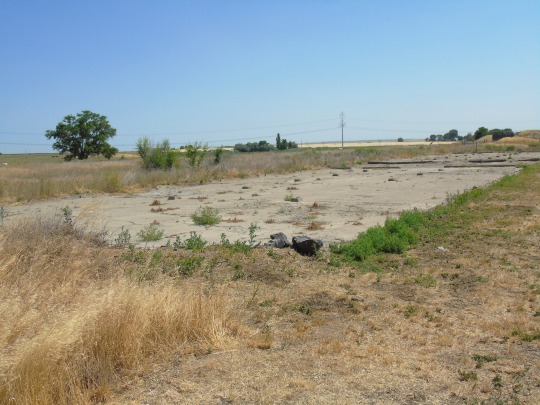


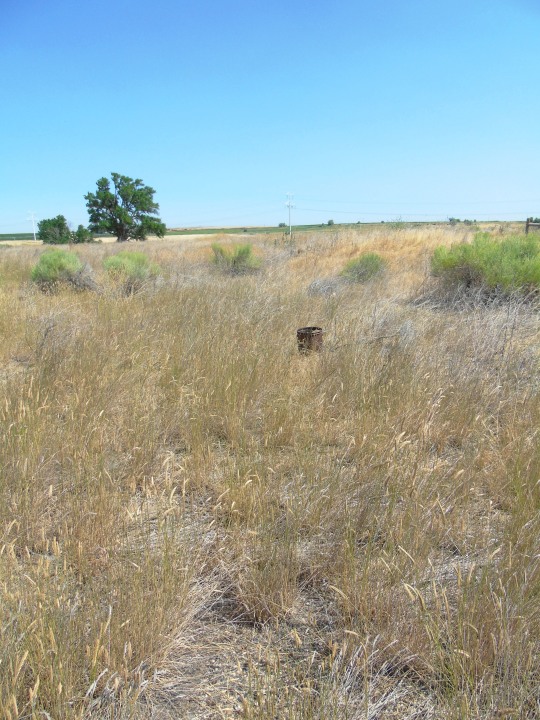
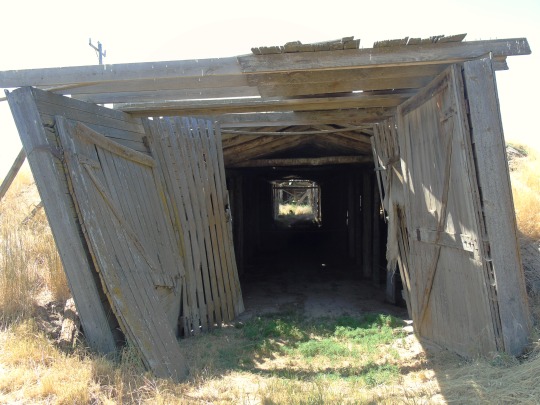

The Presidential Proclamation 2537 which required that Americans from Germany, Italy or Japan must register with the Department of Defense, was issued on January 14, 1942. Proclamation No. 2537 permitted the arrest, detention and internment of enemy aliens who violated restricted areas, such as ports, water treatment plants or even areas prone to brush fires, for the duration of the war. Roosevelt reluctantly signed Executive Order 9066, which sent many Japanese-American families into internment camps, on February 19, 1942.
Source
#Presidential Proclamation 2537#14 January 1942#anniversary#US history#internment camp#Japanese-American history#Minidoka National Historic Site#Minidoka War Relocation Center#Minidoka Internment National Monument#Jerome County#Idaho#summer 2017#original photography#travel#vacation#WWII#landscape#high desert#countryside#architecture#World War Two#flora#free admission#tourist attraction#landmark
20 notes
·
View notes
Photo
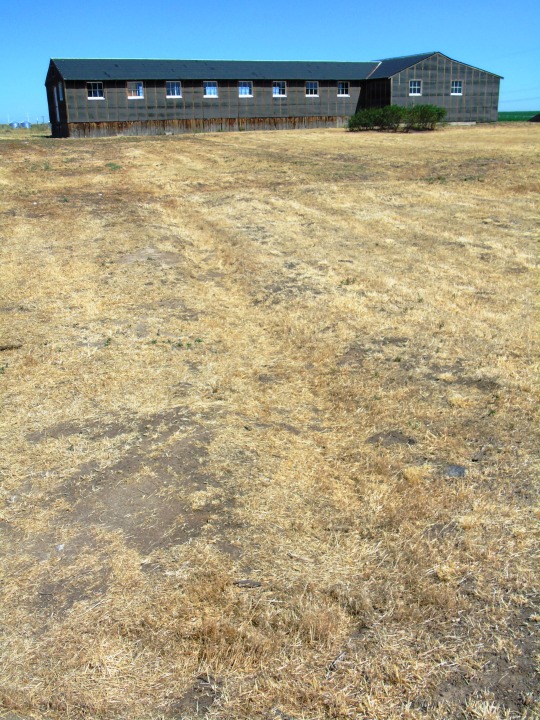
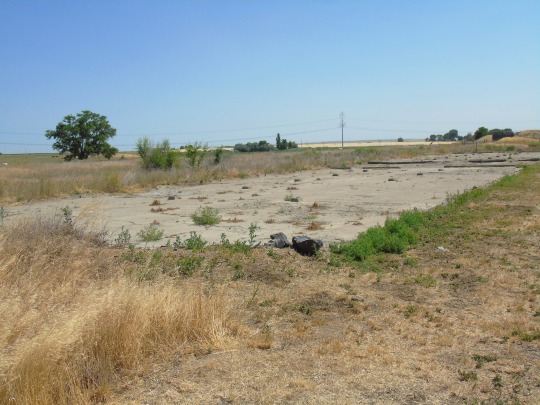




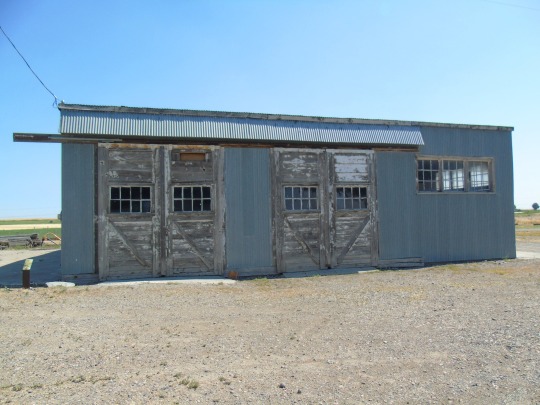



The United States government incarcerated over 13,000 people of Japanese ancestry at the Minidoka War Relocation Center. Construction began on the site on June 5, 1942, by the Idaho-based Morrison-Knudsen Company.
#Minidoka War Relocation Center#construction#started#Idaho#Minidoka National Historic Site#Minidoka Internment National Monument#USA#free admission#Japanese-American history#anniversary#US history#desert#World War Two#World War II#WWII#war crime#never again#travel#vacation#tourist attraction#landmark#landscape#summer 2017#Jerome County#original photography#5 June 1942
9 notes
·
View notes
Photo
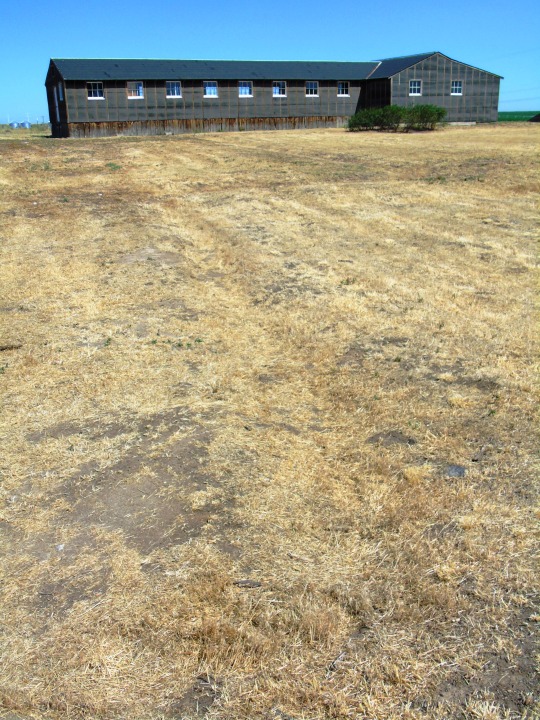
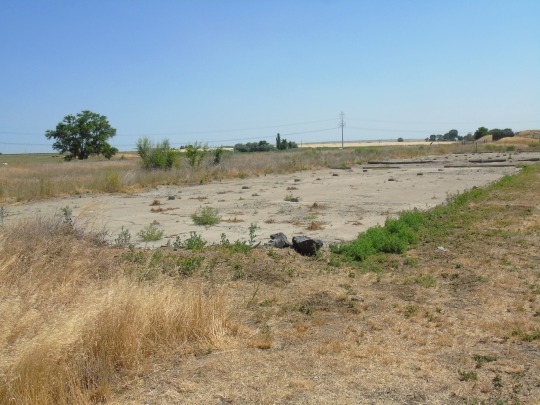
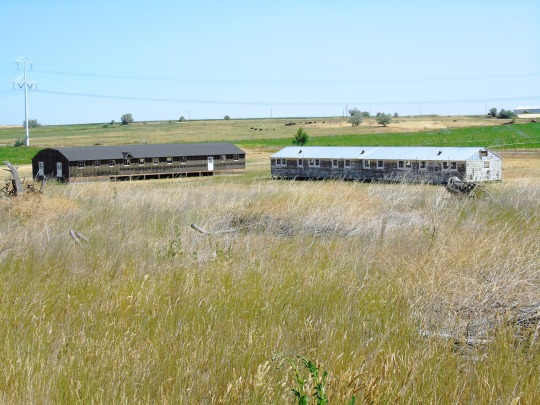







The Presidential Proclamation 2537 which required that Americans from Germany, Italy or Japan must register with the Department of Defense, was issued on January 14, 1942. Proclamation No. 2537 permitted the arrest, detention and internment of enemy aliens who violated restricted areas, such as ports, water treatment plants or even areas prone to brush fires, for the duration of the war. Roosevelt reluctantly signed Executive Order 9066, which sent many Japanese-American families into internment camps, on February 19, 1942.
Source
#Japanese-American families#internment camps#19 February 1942#USA#Japanese-American history#anniversary#US history#never again#racism#Minidoka National Historic Site#Minidoka War Relocation Center#Idaho#travel#Minidoka Internment National Monument#free admission#desert#landscape#World War Two#original photography#tourist attraction#landmark#architecture#summer 2017#vacation
11 notes
·
View notes
Photo

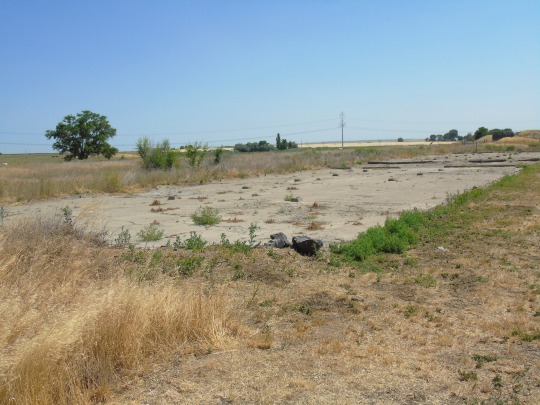


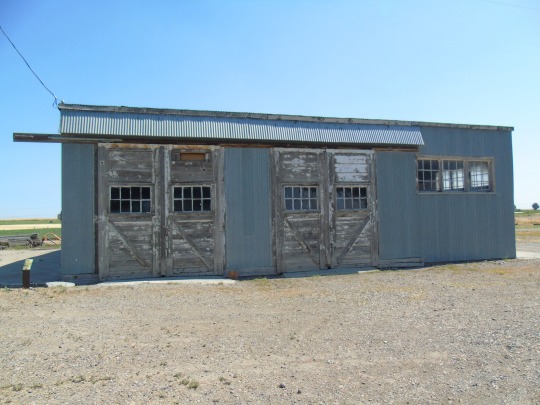

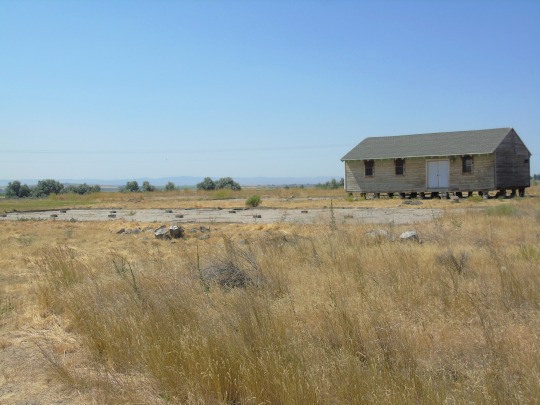
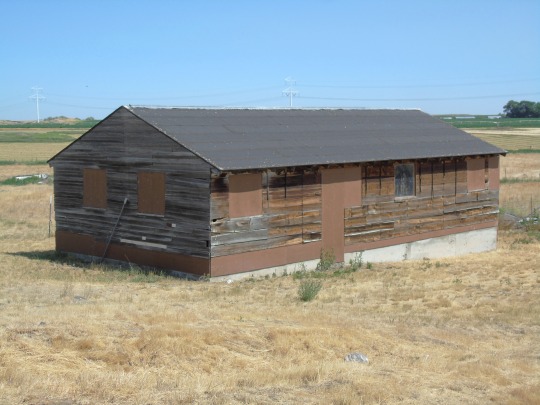
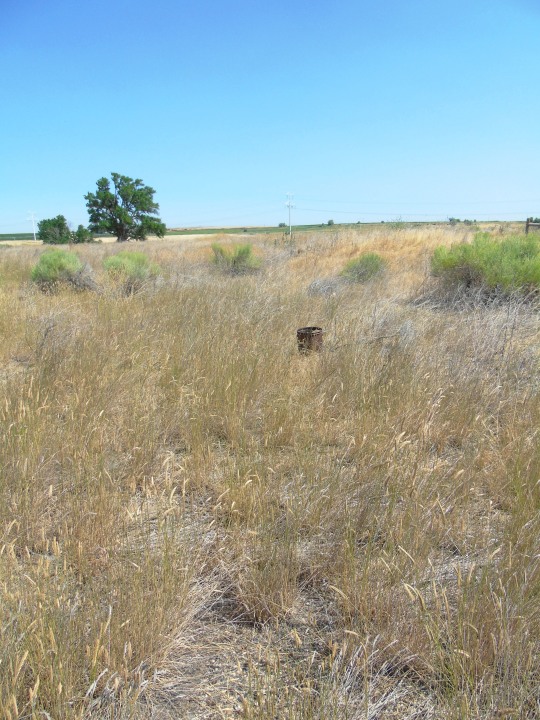

Minidoka War Relocation Center ceased operation on October 28, 1945.
#Minidoka War Relocation Center#ceased operation#28 October 1945#USA#Minidoka National Historic Site#Minidoka Internment National Monument#travel#summer 2017#original photography#high desert#grass#landscape#vacation#Japanese American history#countryside#Idaho#Jerome County#tourist attraction#landmark#free admission#architecture#war crime
15 notes
·
View notes
Photo





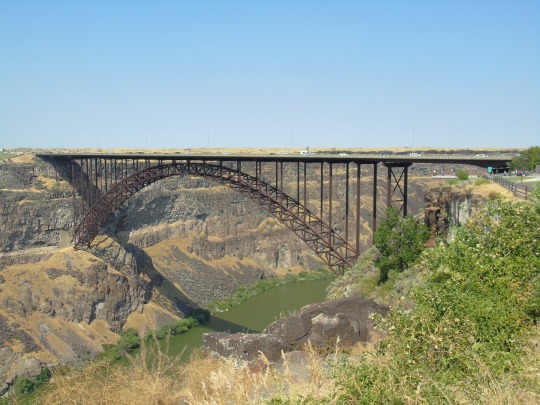

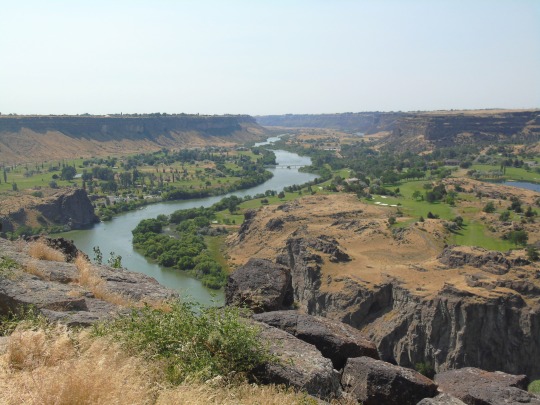


Idaho was admitted as the 43rd U.S. state on July 3, 1890.
#Shoshone Falls#Twin Falls#Veterans Memorial Bridge#Snake River#travel#landscape#countryside#Minidoka War Relocation Center#summer 2017#USA#Minidoka National Historic Site#Minidoka Internment National Monument#Snake River Canyon#I. B. Perrine Bridge#desert#Idaho#43rd US State#3 July 1890#anniversary#US history#original photography#tourist attraction#landmark#vacation#Pacific Northwest
4 notes
·
View notes
Photo



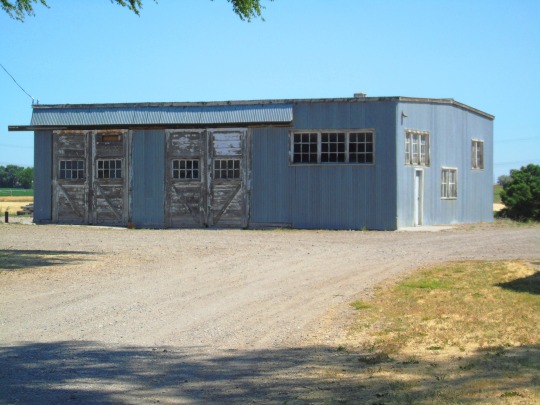






The Presidential Proclamation 2537 which required that Americans from Germany, Italy or Japan must register with the Department of Defense, was issued on January 14, 1942. Proclamation No. 2537 permitted the arrest, detention and internment of enemy aliens who violated restricted areas, such as ports, water treatment plants or even areas prone to brush fires, for the duration of the war. Roosevelt reluctantly signed Executive Order 9066, which sent many Japanese-American families into internment camps, on February 19, 1942.
Source
#Presidential Proclamation 2537#14 January 1942#Japanese-American history#Minidoka National Historic Site#Minidoka War Relocation Center#Idaho#USA#Minidoka Internment National Monument#architecture#landscape#Magic Valley#Jerome County#desert#countryside#free admission#WWII#tourist attraction#US history#anniversary#never again#original photography#travel#vacation#summer 2017#flora#World War 2#World War II
4 notes
·
View notes
Photo
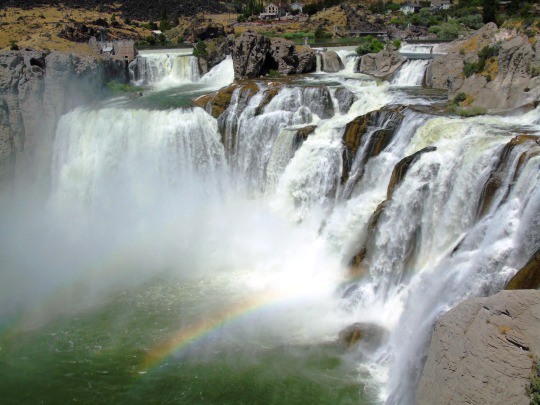

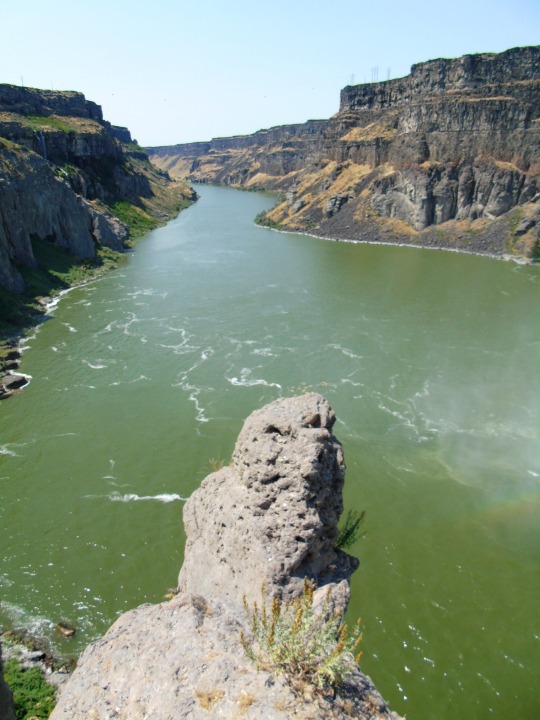

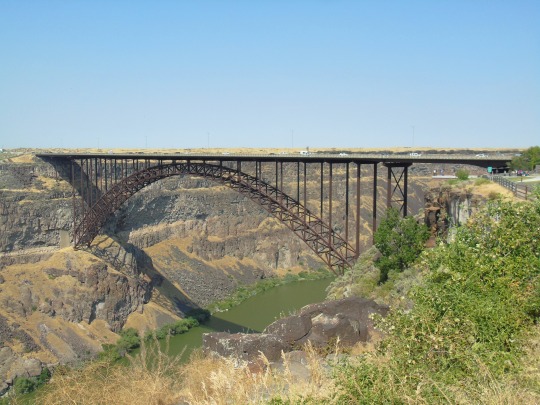





The Territory of Idaho was officially organized on March 3, 1863, by Act of Congress, and signed into law by President Abraham Lincoln.
#Shoshone Falls#Snake River#Snake River Canyon#summer 2017#USA#Territory of Idaho#organized#3 March 1863#160th anniversary#US history#landscape#countryside#original photography#tourist attraction#landmark#architecture#Minidoka National Historic Site#Minidoka War Relocation Center#Minidoka Internment National Monument#Veterans Memorial Bridge#Twin Falls#I. B. Perrine Bridge
2 notes
·
View notes
Text




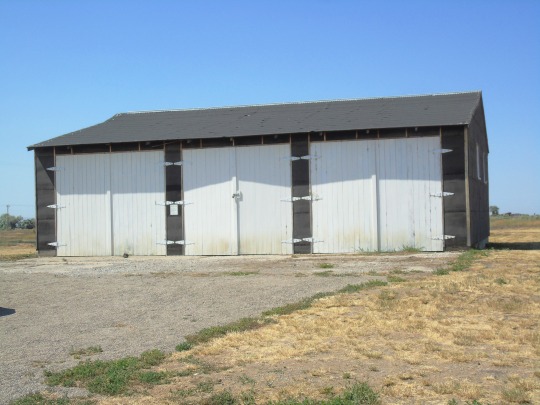


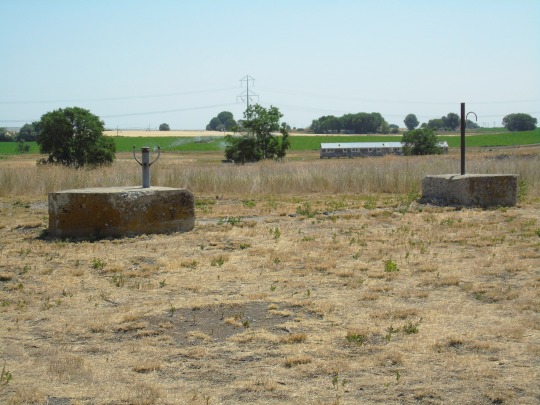
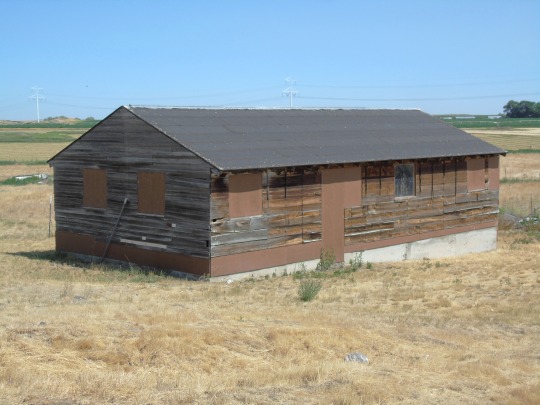









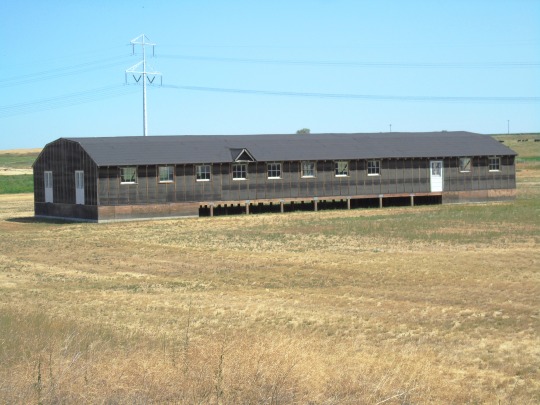



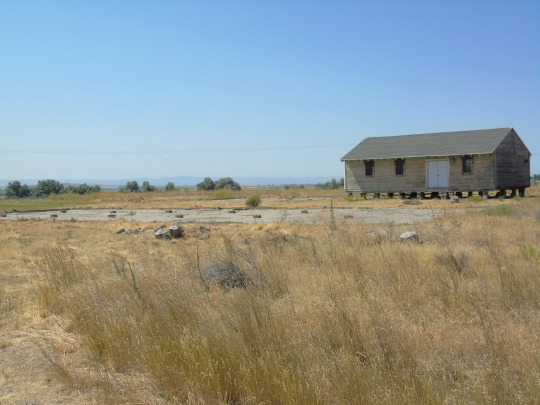
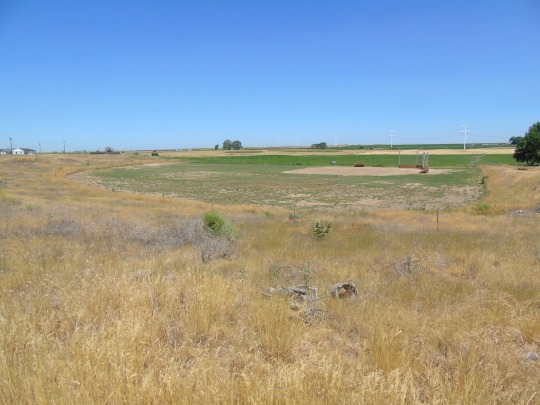

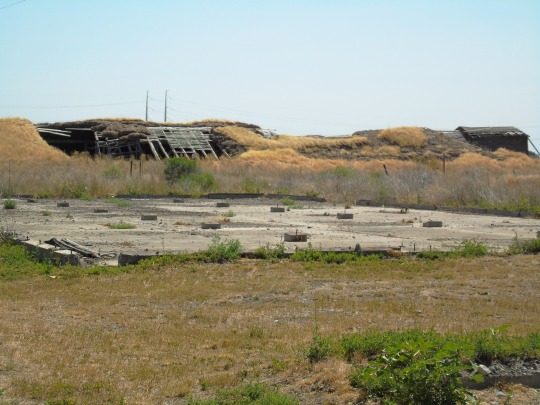

Minidoka National Historic Site was listed as a national monument by President Bill Clinton on January 17, 2001.
#Minidoka National Historic Site#Minidoka Internment National Monument#idaho#national monument#17 January 2001#anniversary#us history#landscape#Minidoka War Relocation Center#high desert#original photography#vacaction#now more important than ever#summer 2017#barrack#architecture#travel#ruins#nature#runins#trash#root cellar#Reception Center#guard tower
1 note
·
View note